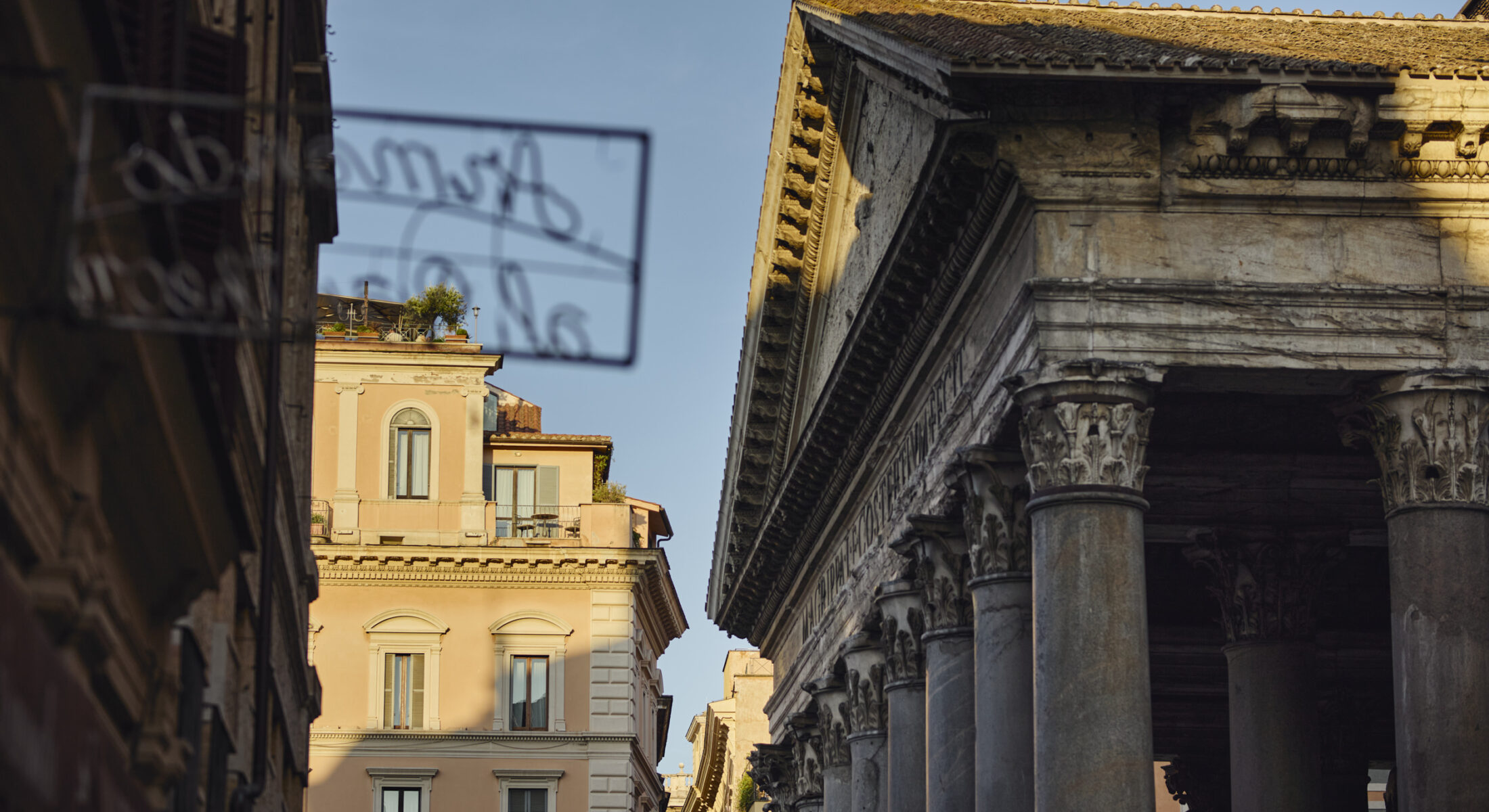A palazzo where past meets present
The beating heart of Ancient Rome
Right in the centre of the Eternal City, where the stately buildings represent the purest essence of Roman history, Palazzo delle Pietre is perfectly positioned for visitors to discover the famous sites and monuments of Rome. A few steps from Via delle Coppelle, Piazza della Rotonda opens up to one of the city’s symbols, the iconic Pantheon, which, with its impressive architecture, has deep roots in the city. This splendid residence is just as close to the famous Piazza Navona, with its elegant buildings and another icon, the Trevi Fountain, and its breath-taking view through the narrow streets of the ancient city centre. Then, wander from via Monferrato to via Condotti, from the Spanish Steps to Via del Babuino to discover the exclusive boutiques, in a heady atmosphere so full of Italian Dolce Vita and contemporary Italian culture and life.








